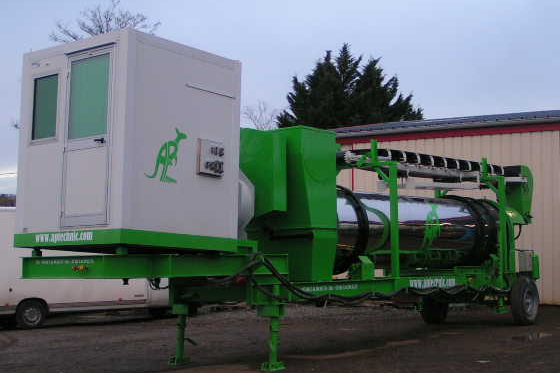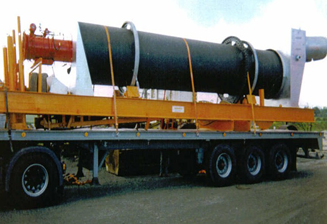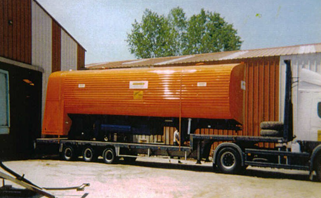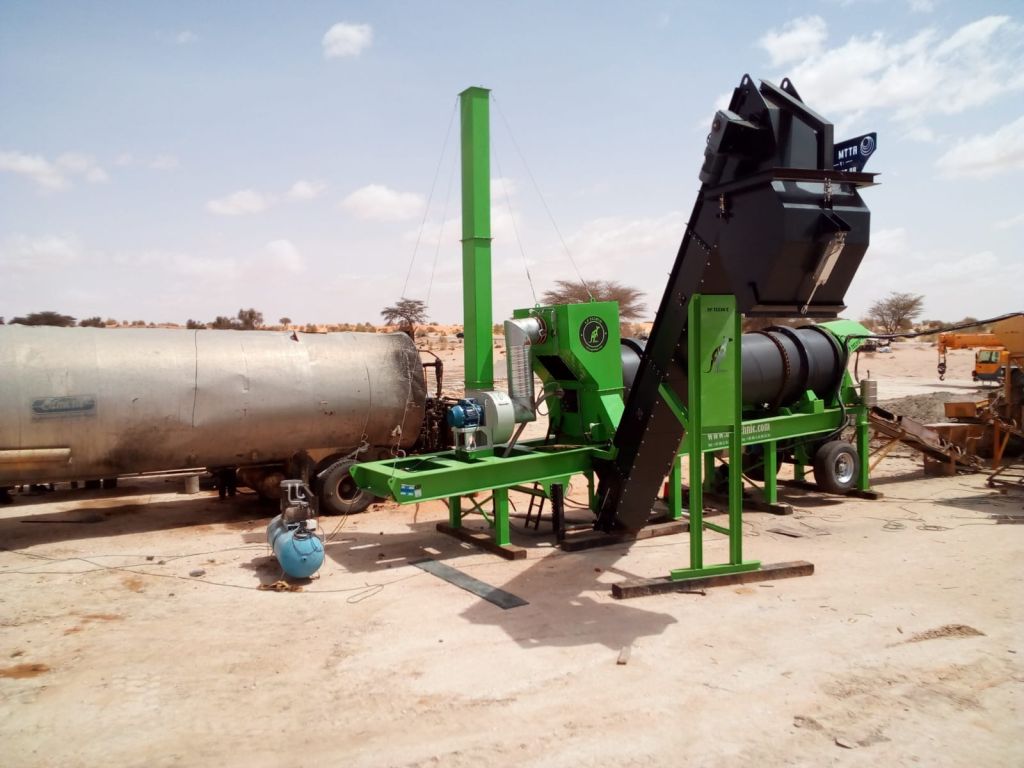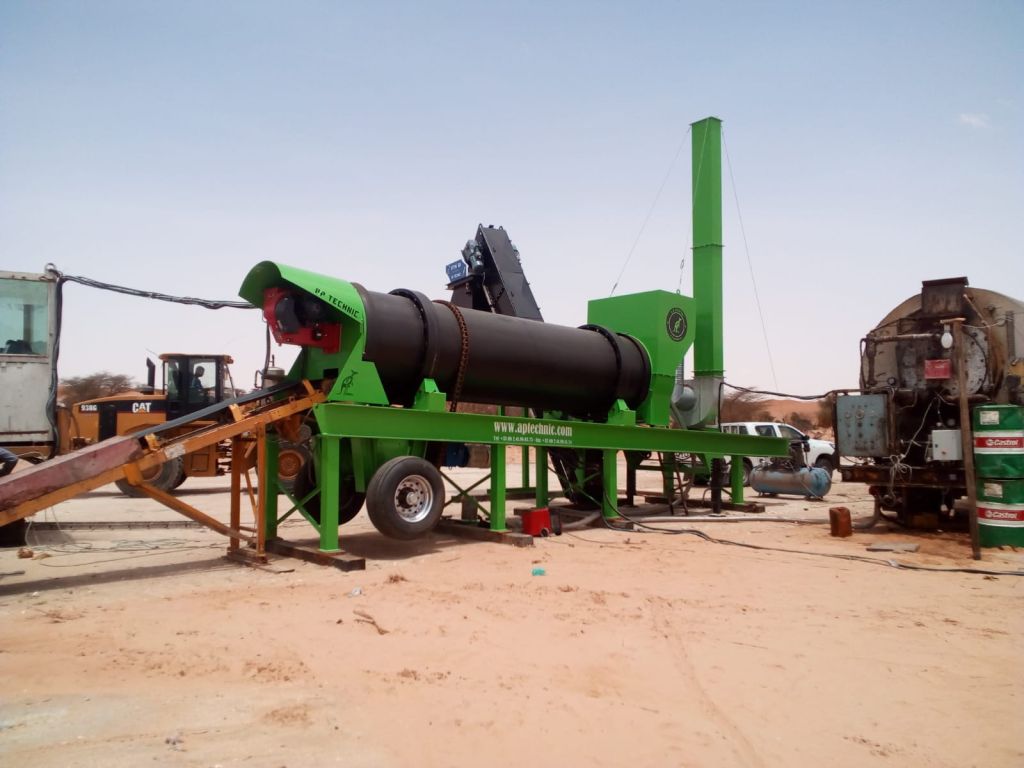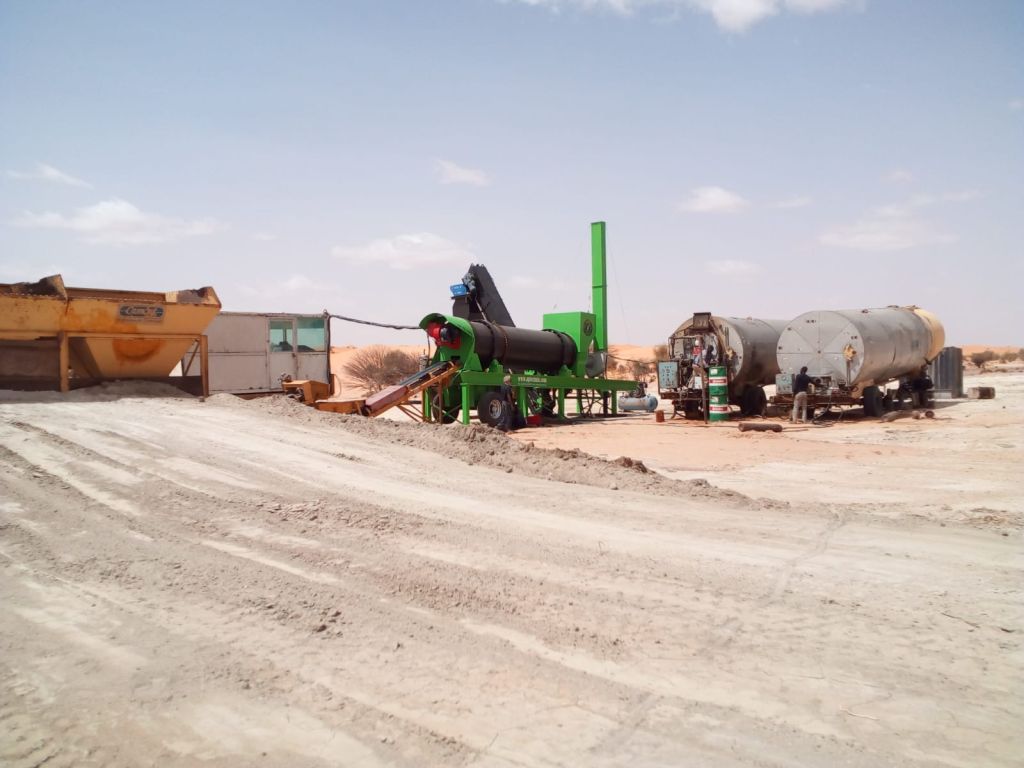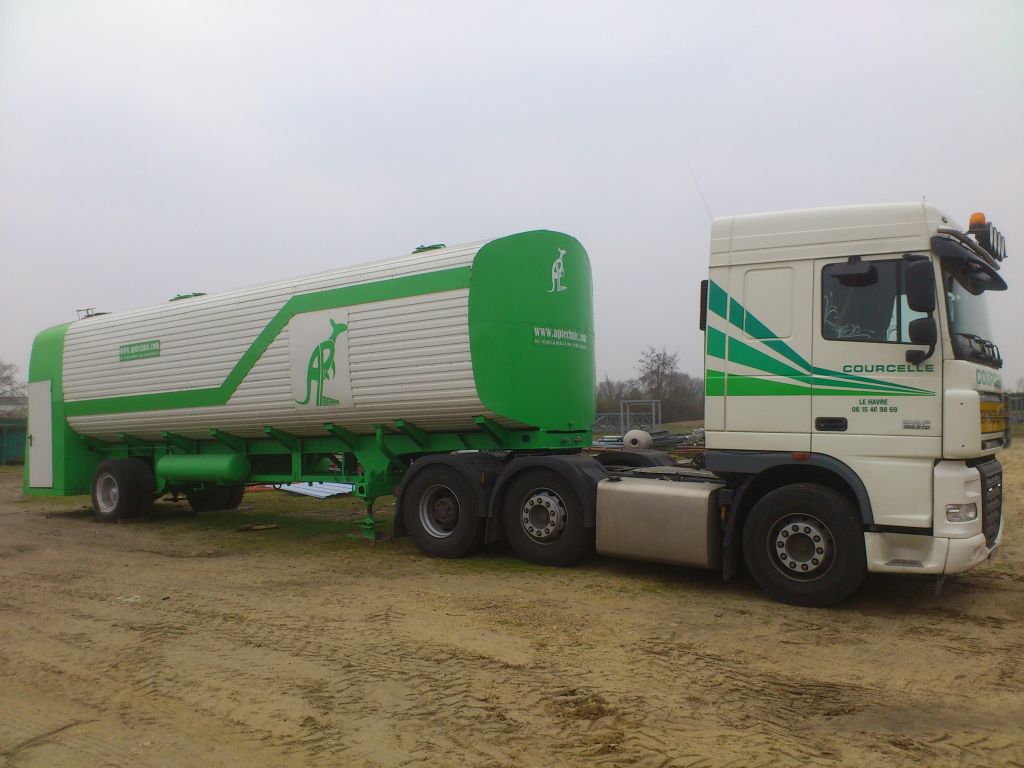RETROFIT
Retrofitting an asphalt mixing plant involves modernizing or upgrading an existing facility, generally 20 to 30 years old, by integrating new technologies or replacing certain equipment.
This approach improves the plant's performance, reliability, environmental compliance, or automation without having to invest in a complete new facility.
Retrofitting is often preferred for economic, regulatory, or practical reasons, and each project is unique, requiring solutions tailored to the configuration and specific needs of the existing plant.
Retrofitting an asphalt mixing plant offers several major advantages over purchasing a new plant
- Reduced cost: Retrofitting is often much less expensive than a new installation, as it involves modernizing and optimizing the existing system rather than starting from scratch.
- Time savings and simplified administrative procedures: It is generally not necessary to apply for a new administrative permit, which avoids lengthy and sometimes uncertain procedures, especially in urban areas where obtaining permits can be difficult.
- Adaptation to new standards and needs: Retrofitting allows the plant to meet current environmental standards (emissions, noise, recycling) and meet new market demands (new types of asphalt mixes, integration of recycled materials, etc.).
- Improved performance: Modernizing certain components (e.g., dryer drum, burner, automation) increases production capacity, the quality of finished products, energy efficiency and reliability of the installation, as well as reducing the cost price of the coatings.
- Customized solution: Since each power plant is unique, retrofitting offers a tailor-made solution, adapted to the existing configuration and the operator's specific objectives.
- Reduced environmental impact: By extending the lifespan of the existing facility and integrating cleaner technologies, retrofitting limits resource consumption and waste associated with complete replacement.
In summary, retrofitting combines savings, efficiency, environmental friendliness, and rapid adaptation to regulatory and technical changes, whereas a new power plant requires a much larger investment and process.

